Alonissos National Marine Park of Northern Sporades



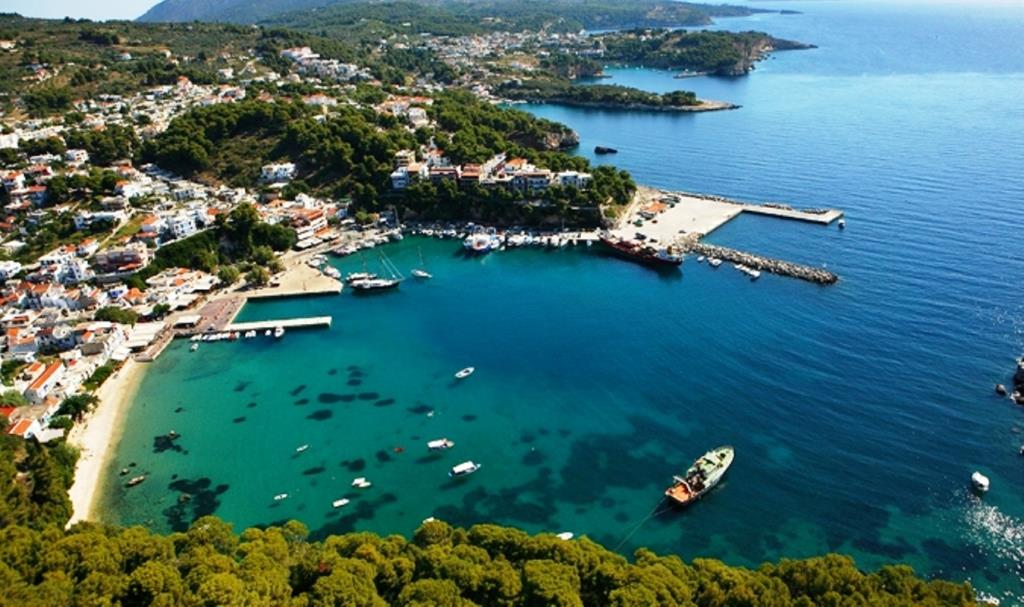
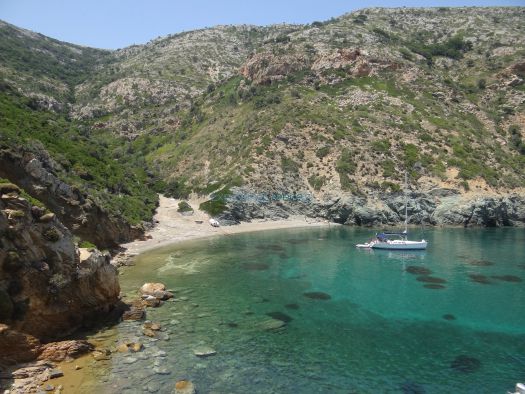
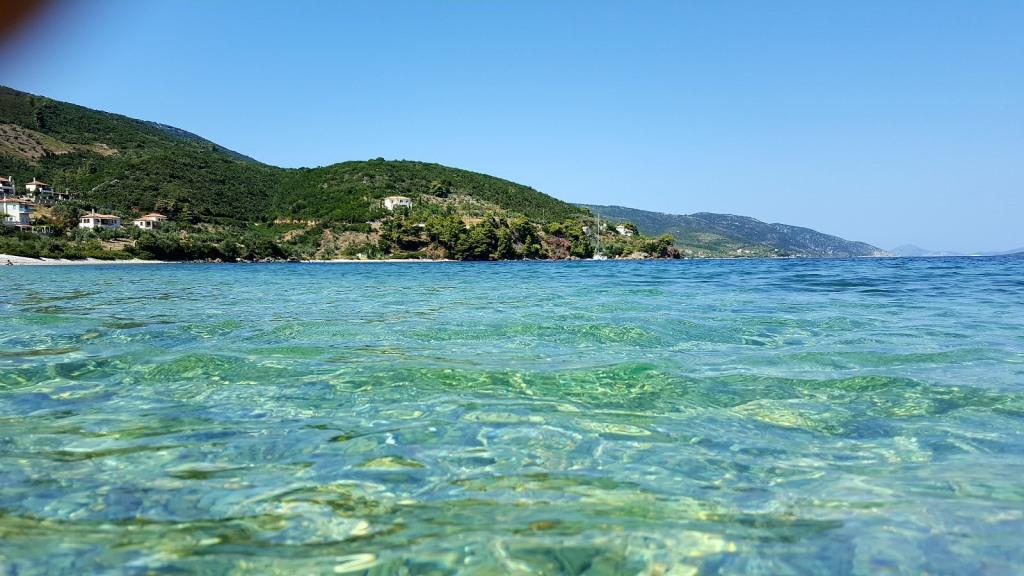
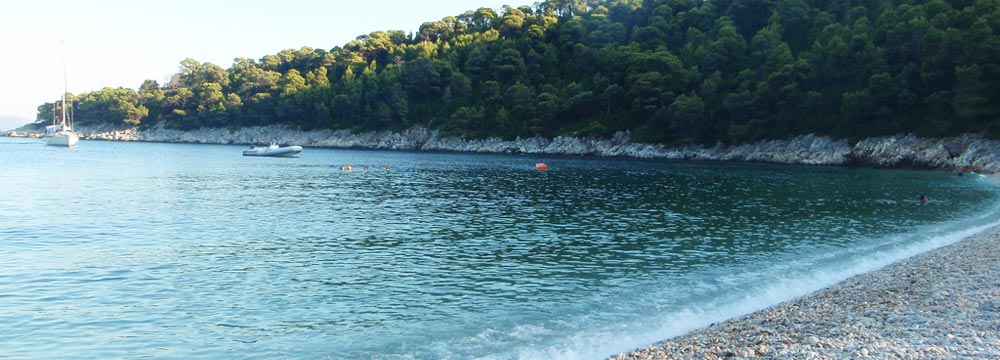
The islands
Alonissos
The morphology of the terrain combines extensive ridges and low massifs (maximum height of 493m) that in the north end on steep shores while in the east small flat plains are formed. The southern part is covered by pine forests, while to the north there is low vegetation with holly trees, raspberries, and pine trees.
The population of Alonissos does not exceed 3,000 permanent residents, with a slight but steady increase in recent decades, following a period of internal and external migration. The main occupations of the inhabitants are agriculture, livestock and fishing, while tourism has been booming in recent years. The establishment of NTUA. is expected to contribute to the region's sustainable development by providing new employment opportunities while supporting traditional occupations.
The largest community of the island lives in the port of Alonissos, the Patitiri where the administrative center of the island is located and all public services while to the north are the bay of Roussoum Yialos and the settlement of Botsi. Patitiri was the port for the mountain village of Alonissos residents (today Old Village Alonissos). There the residents of Old Village Alonissos moved after the houses were destroyed by the earthquake of 1965. The area was named after the "pressers". (pressing the grapes) that they used in the past to produce their popular red wine.
From Patitiri they start daily excursions with boats and tourist boats to the beaches of Alonissos and to the permitted islands of Zone A of the water park.
The small natural harbor of Steni Vala, in the northeast part of Alonnisos, is a safe haven for fishing boats and yachts, with beautiful fish taverns and an attractive stay center. Here is the Care and Reintegration Center for Small Injured orphaned Seals that works with Mom's care.
Peristera
The island is covered with low mediterranean low Makai vegetation, Peristera, of great importance for the ancient shipwreck, which was discovered after underwater marine investigations, which, with the rest of the archaeological findings, prove that the Sporades are in an archaeological site. For this reason, the preservation and promotion of ancient findings by archaeological services in collaboration with local authorities is one of the most important purposes of the Marine Park.
Kyra Panagia
Kyra-Panagia, a mountainous island with smooth relief, is the first to be found in the northern part of the Park. Covered by dense Mediterranean low vegetation with dominant species of rope and holly
Two shallow bays, in the South of St. Peter and in the North of the Planet, are safe natural shelters. To the east there is a recently repaired post-Byzantine monastery dedicated to the Nativity of the Virgin.
Gioura
Northeast of the park the next desert we meet is the Jura. The island is rocky and steep with many endemic species of flora and fauna. There is still a species of goat on the island that many consider endemic. Also famous in Yura is the Cyclops Cave, which is of rare beauty with beautiful stalagmites and stalactites. Due to the habitats and caves that are Mediterranean seal refuge, the island has been designated as a Nature Conservation Area.
Psathoura
Quite different is the landscape of Psathoura, which is the northernmost island of the Park, of volcanic origin covered with heath clusters and many other species of shrubs. There we find species of flora not found elsewhere in the Park, such as endemic lily. of the island is the white sandy beach at Mandraki beach to the south as opposed to the black rocks on the back, while to the north, the large lighthouse built by French engineers in the last century marks international filament sea routes in the northern Aegean.

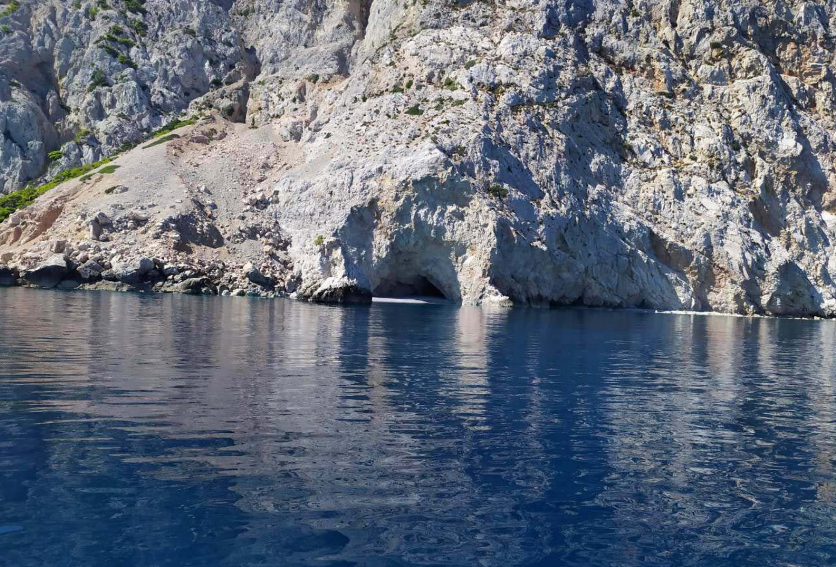
Piperi
The island is the core of the Park and is subject to strict protection due to the most important Mediterranean seal habitat in the Park, as well as the predators that live and breed on inaccessible rocks of the island, which also have rare flora and steep rocky coastal elements. , holly, pharynx, rope and yam. The bird species reaches 33 species. It is estimated that the island is home to a large number (350-400 pairs) of the hawk hawk
Skatzoura
The range of low hills ending in white marble shores is characteristic of the island, which used to be a monastic center and is now covered by macaque vegetation and phrygana. , are an important biotope of the Aegean and Black Piperi

